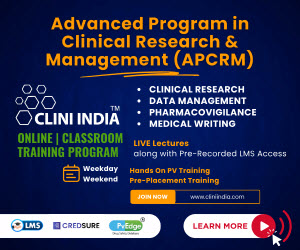 About Authors:
About Authors:
Patel Chirag J*, Asija Rajesh, Asija Sangeeta
Maharishi Arvind Institute of Pharmacy, Department of Pharmaceutics,
Jaipur, Rajasthan.
*chirag.bangalore@gmail.com
ABSTRACT
Solubility, the phenomenon of dissolution of solute in solvent to give a homogenous system, is one of the important parameters to achieve desired concentration of drug in systemic circulation for desired pharmacological response. Low aqueous solubility is the major problem encountered with formulation development of new chemical entities as well as for the generic development. The insufficient dissolution rate of the drug is the limiting factor in the oral bioavailability of poorly water soluble compounds. This review discusses BCS classification, carriers for solubility enhancement and different techniques for solubility enhancement.Various techniques are used for the enhancement of the solubility of poorly soluble drugs which include micronization, nanonization, sonocrystallization, supercritical fluid method, spray freezing into liquid and lyophilization, evaporative precipitation into aqueous solution, use of surfactant, use of co-solvent, hydrotropy method, use of salt forms, solvent deposition, solubilizing agents, modification of the crystal habit, co-crystallisation, complexation and drug dispersion in carriers.Selection of solubility improving method depends on drug property, site of absorption, and required dosage form characteristics.With the advent of combinatorial chemistry and a high throughput screening, the number of poorly water soluble compounds has increased solubility. A success of formulation depends on how efficiently it makes the drug available at the site of action.The purpose of this review article is to describe the techniques of solubilization for the attainment of effective absorption with improved bioavailability.
 About Authors:
About Authors: 

 About Authors:
About Authors:  About Authors:
About Authors: 







.png)

